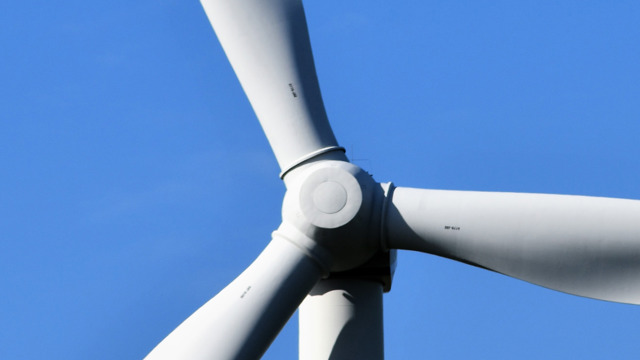Context
New Zealand is recognised as having one of the best wind resources of any country in the world. However, there remains plenty of untapped potential for offshore wind in New Zealand, with the Taranaki region alone having the potential to double New Zealand's electricity supply through offshore windfarms.[1]
Internationally, we have seen significant growth in offshore wind generation. With a roadmap towards carbon zero requiring significant electrification in areas such as transport, the demands on New Zealand's generation capacity are only going to increase in coming years. Does offshore wind offer a potential game changer in terms of meeting New Zealand's growing generation needs?
Legal systems around the world are in various stages of maturity with respect to offshore wind. Notably:
- In the UK, offshore wind is already a well-established source of electricity generation. The ScotWind leasing round recently concluded and will move to the consenting stage with 17 applicants offered option agreements (with the potential to produce around four to five times Scotland's current energy needs).[2]
- In Australia, the Offshore Electricity Infrastructure Act 2021 has been passed allowing for the specific consenting of offshore wind farms.
Is the current environmental and regulatory regime fit for purpose? Or can New Zealand take lessons from legal developments overseas to position itself to effectively regulate the offshore windfarm opportunity?
This blog series will focus on:
- Part 1: the current New Zealand landscape and consenting regime applicable to offshore wind.
- Part 2: lessons from the UK and ScotWind.
- Part 3: Australia and the development of its bespoke consenting framework.
- Part 4: our take on the future for offshore wind in New Zealand and what an ideal legal framework might look like.
So where does New Zealand sit today?
New Zealand legal landscape
NIMBYism, and a more prescriptive and protective freshwater management planning framework have made new hydro generation nigh on impossible and onshore wind generation challenging. Does setting our sights offshore provide the chance for significant generation capacity to be added in a manner that sits more comfortably with New Zealand's current environmental policy settings? Perhaps. But there are some important matters for any offshore entrant to ponder:
- The cultural dimension. Consideration of cultural effects is a key challenge on any major project. The recent Supreme Court decision in Trans-Tasman Resources[3] adds further emphasis to this consideration, particularly for offshore projects.
- The philosophical question. Is New Zealand ready to see vast tracts of its adjoining seas dotted with turbines? Only time will tell.
- Existing interests. The Exclusive Economic Zone and Continental Shelf (Environmental Effects) Act 2012 (EEZ Act) incorporates a clear priority framework. The Resource Management Act 1991 (RMA) system seems to be on the verge of moving away from "first in, first served". Will those ripples extend offshore, particularly in a new energy paradigm?
- Biodiversity. Again, following Trans-Tasman Resources, any project will need to ensure that it carefully navigates the EEZ Act's requirements.
A further complication when considering the above matters is the environmental approval framework. Any offshore proposal will need approvals under both the EEZ Act and the RMA, as any development would likely be located within the exclusive economic zone (EEZ Act territory), but would require supporting onshore and nearshore infrastructure (covered by the RMA). Further approvals will also be required under other parallel legislation, such as the Marine Mammals Protection Act 1978.
While the EEZ Act contemplates the potential for combined applications, the complexity remains. A number of cases have highlighted some of the challenges with operating across regimes or spanning jurisdictional boundaries.
If the experience of Chatham Rock Phosphates[4] or Trans-Tasman Resources is anything to go by, new industries seeking to utilise New Zealand's offshore resources will need to be prepared for thorough testing of their proposals, but also careful scrutiny of the relatively untested EEZ Act. That adds additional risk to large-scale projects that will already be juggling a number of other project risks.
Potential for reform?
The EEZ Act is only 10 years old. But with offshore wind at scale being a potential scenario, the RMA system being the subject of comprehensive reform, and other countries developing bespoke frameworks for offshore generation, there is a real question as to whether changes are needed to ensure our system is fit for purpose.
In our next update, we will turn our gaze overseas and explore how the UK has developed its own bespoke consenting framework.



